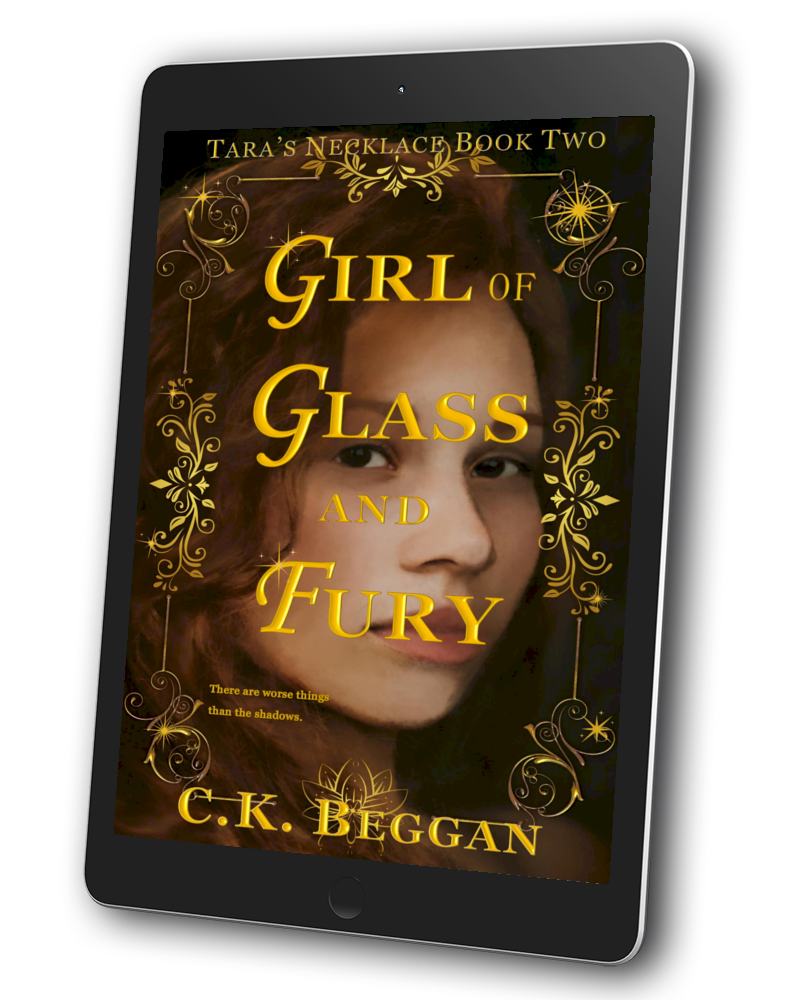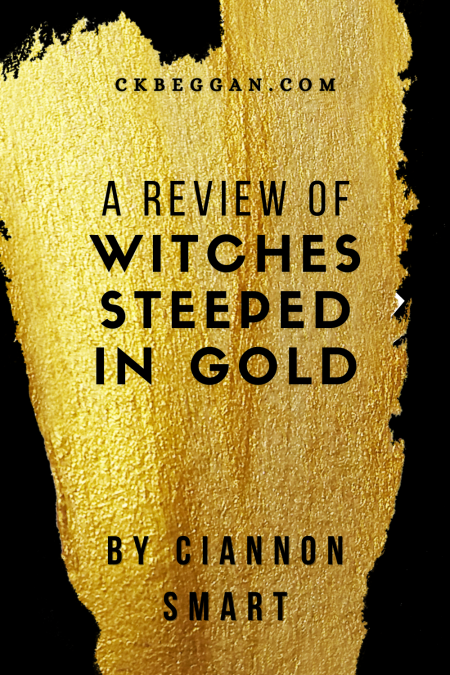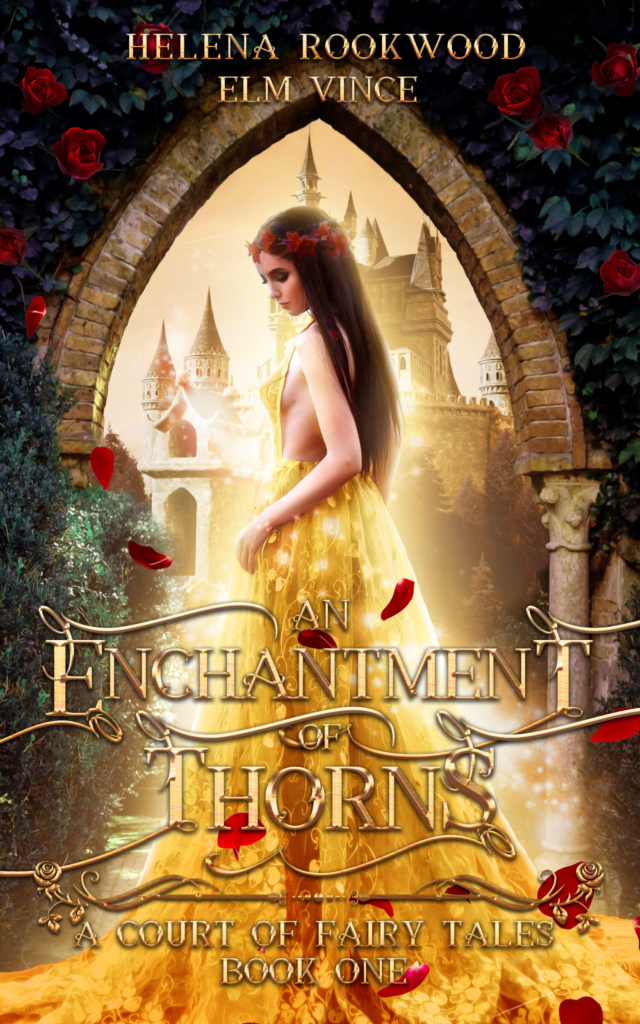
Did you know Halloween is just the start of the spirits rising? In Irish tradition, from which Halloween (aka Oiche Samhain) originated, it was the day that marked the start of the dark half of the year. What we associate with October 31st happened every day for the next 6 months (minus the fun celebratory stuff).
October is a great month for indulging in horror films and spooky reads. But in the spirit (oh, puns!) of that tradition, here are some reads that will keep that spooky feeling going long after Halloween
(Besides my spicy The Legend of Sleepy Hollow retelling, Lord of the Hollow Court, of course! I mean I couldn’t not put in a little self-promo. I’m done now though, I swear!)
Caution: Some content may not be appropriate for all viewers/readers.
- The Year of the Witching, by Alexis Hendersen. Don’t go into the woods, Immanuelle! They’re full of witches…and her fate.
- The Hacienda, by Isabel Cañas. (review coming soon.) I loved this book and all its classic horror moments. From the time Beatriz arrives at her new home, I wanted to yell at her to run. Something is very, very wrong at the hacienda, and nobody wants to talk about it.
- Black Water Sister, by Zen Cho. Delve into the supernatural in this contemporary urban fantasy with an LGBTQ lead and plenty of interruptions from deities–including the main character’s recently deceased grandmother.
- Dracula, by Bram Stoker. To me, this is the ultimate horror novel! That ghost ship, though. *shivers* If you haven’t read this one yet, do yourself a favor. It’s also in the public domain, so you can find yourself a free copy!
- Conjure Women, by Afia Atakora. From slavery to reconstruction, what people can do to each other is the true horror. There’s also a peculiar child born into the settlement of former slaves in this story that jumps between time periods. There’s something spooky about those woods, and a constant feeling that something terrible is going to happen.
- Gods of Jade and Shadow, by Silvia Moreno-Garcia. Cassiopea Tun just met the Mayan God of Death–and he needs her help, whether she likes it or not. This story has surprising romance and plenty of heart as Cassiopea makes her journey across Mexico.
- Frozen Hearts and Death Magic, by Day Leitao. Necromancers, wicked magic users and curses, oh my! This is for those who like a big helping of romance with their spooky reads.
- Daughter of Shades, by Sylvia Mercedes. A venatrix, responsible for evicting demons, strikes out on her own with her wolf familiar, only to be forced to compete for a job and deal with dark magic way beyond her abilities.
- For the Wolf, by Hannah Whitten. Talk about spooky forests! The Wilderwood is semi-sentient and very magical. It also drinks the blood of those who keep it. With the threat of the trapped, wicked kings below and a character delving into dark magic for both the right and wrong reasons, this one hasplenty of spooky flavor.
- Of Roses and Rituals, by S.L. Prater. For fans of steamy romance, this one has a main character with some demons to contend with, literally and figuratively. As Fiona tries to help a cursed doctor keep demons from the mountains, she can’t resist wanting to be closer to him.

That’s it for my list! What books do you love to read during spooky season? If you have a recommendation, comment below!






















